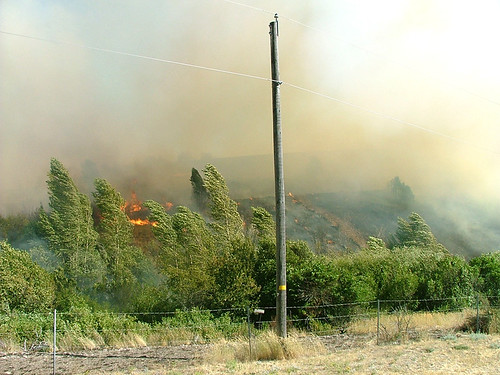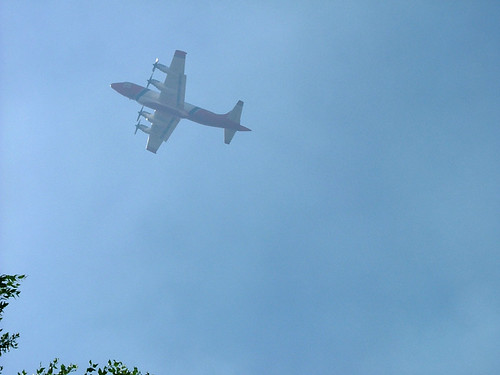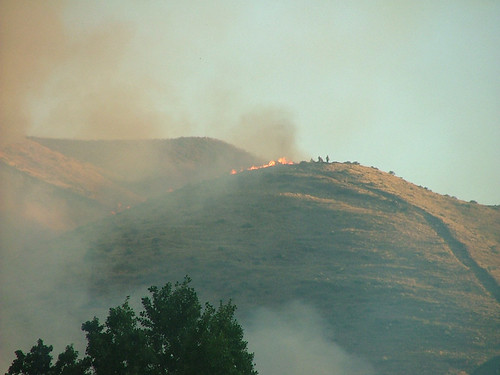I’m a kid at heart when it comes to fire. Last weekend I was able to indulge that a bit. Friday night I received a call from a farmer in town who had been burning a field. It was dusk, and the fire was still active in a grassy area between fields - did I think it would be a problem if it burned into the night?
Regulations call for all fires to be extinguished before nightfall, so it had to be put out. I went with the land owner and we used shovels to extinguish the flames. Watery eyes, runny nose – the body’s mechanism to protect itself from the smoke. Great times!
Saturday, my brother wanted to burn off some of last year’s growth in a few spots around his yard. I went over to help. More fun!
Since then I’ve been thinking about a line from the movie Backdraft. “… but the only way to truly kill it is to love it a little.” I agree with that, on the basis that to love fire means to understand fire, what it will do in certain situations, and use that knowledge to an advantage.
Sometimes it doesn’t always work out that way. Sometimes the fire has too great of a head start. Sometimes environmental factors help the fire, which is why understanding weather’s effects on fire are important, especially to the wildland firefighter. In addition to the weather modules in basic wildland firefighting training, an entire course of study is devoted to helping wildland firefighters understand how weather plays a role in fire behavior.
A wind-blown wildfire is a thing to behold, and many times we see that in Cache Valley, but I will focus on one particular fire in this post. Cleveland Hills is an area of Franklin County Idaho, between Preston and Grace. In August of 2007, a fire started in Cleveland Hills, apparently due to an electrical line failure.
Our station was called to this fire mid-afternoon on Saturday, August 11th, when additional resources were needed for structure protection. With a travel time of roughly 45 minutes there was plenty of time to wonder about the conditions we would find when we arrived. As we passed the southern flank of the fire the high winds that were pushing the fire were very apparent, bending the trees and helping the fire through the remaining unburned fuel along the edge of the highway.
Several other brush and structure engines from Cache County had arrived before us and were positioned at homes along the highway. When we arrived at our post we backed down the lane of the house that we were to defend, and met up with other Cache County crews. We stretched a hoseline into the brush to help them extinguish the remaining fire. While at this position the large air tankers put on quite a show as they passed overhead when their retardant runs were complete.
The fire had moved beyond this area to the north, creating a patchwork of blackened areas on both sides of the road. When the situation improved in our area, all of the crews from Cache County were held at their current positions to monitor for any hotspots that flared up. Approximately an hour before sunset we were directed to gather at a wide spot on the highway and prepare for demobilization.
While at this location we watched a BLM crew perform a burnout to solidify the line on the southern flank of the fire. After filling out the paperwork necessary we were released to return home. We stopped in Smithfield for fuel then on to the station to put the engine back in service.
Even though we arrived to our assignment a little bit behind the main front of wind-driven flames, it was amazing to see the way the wind had created a fire storm and had pushed the fire mile after mile up the highway, defying all efforts on the ground and from the air to check its progress. Our respect for weather related fire behavior was renewed that day.




0 comments:
Post a Comment